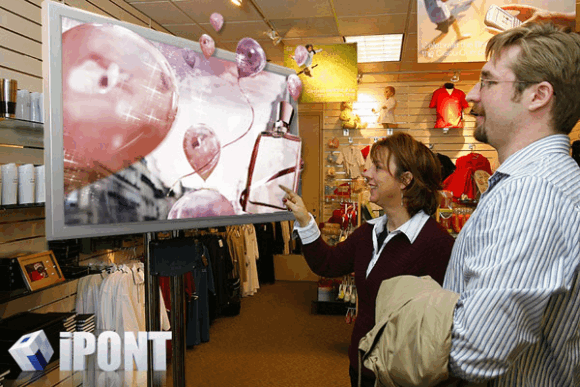Most of the conversation surrounding 3D these days involves consumer electronics. But like all things related to consumer technologies, 3D will soon find its way to business applications.
In fact, at the Consumer Electronics Show (CES) this week, there were two 3D announcements worth taking note of from a business context. The first was a 3D videoconferencing system, while the second was an advance that allows people to see screens in 3D without having to use special glasses.
The first announcement comes from Panasonic, which has added a 3D videoconferencing capability to its HD Visual Communication System (3D HDVC). Panasonic says it expects the 3D HDVC to be applied in health care, education and manufacturing environments where there are specialized needs for 3D videoconferencing.
The second announcement comes from iPont International, a start-up company out of Hungary that demonstrated a box that converts 3D video signals in real time into autostereoscoptic signals on a screen that can be seen in 3D by the naked eye.
As it is unlikely business people will want to stand around wearing special glasses to engage content, finding a way to view 3D content without glasses is going to be a fundamental requirement if we’re ever going to see 3D content in a business environment.
According to iPont CTO Andor Pasztor, the company is looking for manufacturing partners at CES to help take its 3D technology to market.
It’s not at all clear how 3D technology will manifest itself in a business context. But there’s enough momentum around this technology in the consumer space to start thinking about how 3D technologies might be applied in a business context probably sometime in 2012.



